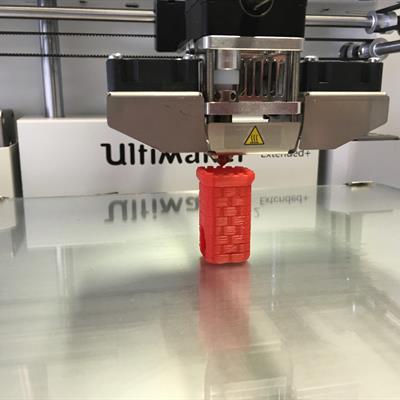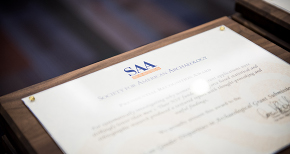
Registration Closed!
The 3D Printed Past
When: November 15, 2017 3:00-4:00 PM ET
Duration: 1 hour
Certification: RPA-certified
Pricing
Individual Registration: Free to SAA members; not available to non-members
Group Registration:
Three-dimensional (3D) printing is increasingly infiltrating all aspects of society, from manufacturing and medicine to STEM education on K-12 levels. This seminar will explore the basics of 3D printing and how archaeologists can integrate 3D models and printed materials into the different facets of their discipline, from the field to the laboratory, and into the classroom and the museum. Particular attention will be paid to the following areas:
- How digital 3D models enhance identification of artifacts and ecofacts in the field and laboratory over 2D drawings or photographs.
- How 3D printed replicas expand opportunities for teaching and research at all levels of education, but especially for undergraduate teaching.
- How 3D printed replicas can be incorporated into public outreach programs, maximizing access to the past, while minimizing risks to fragile heritage.
- How 3D printed replicas can be integrated into museum exhibits to create a more interactive and tactile element.
The overarching goal of this one-hour seminar is to show how 3D printing can expand archaeology pedagogy (including teaching in under-resourced schools), research, and particularly engagement with the public.


